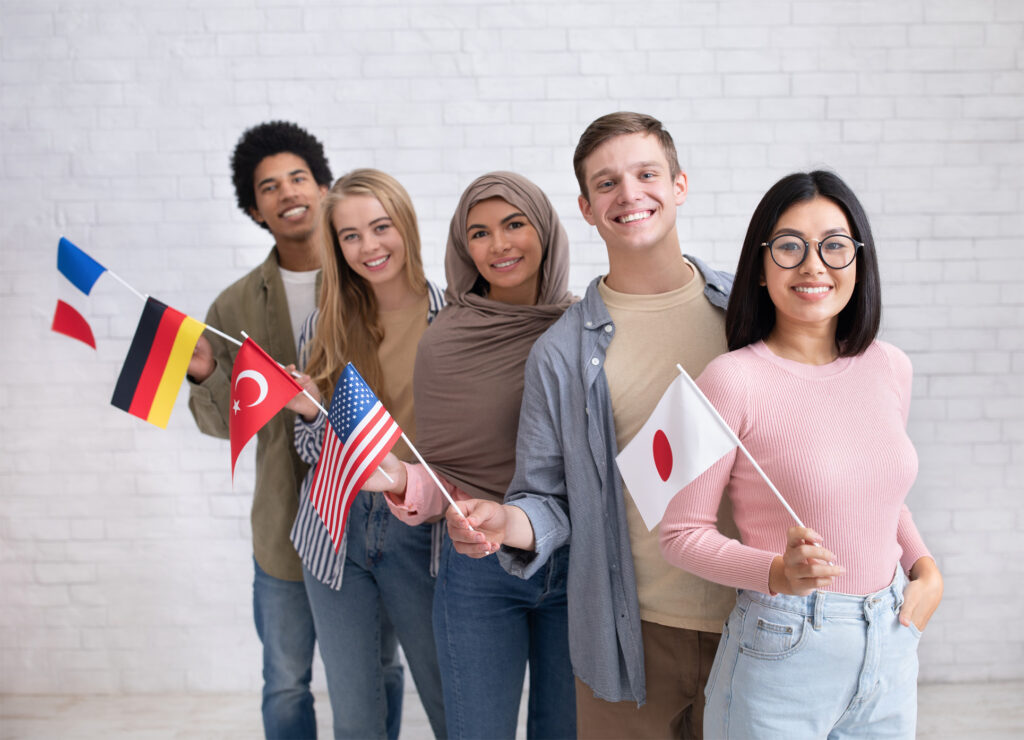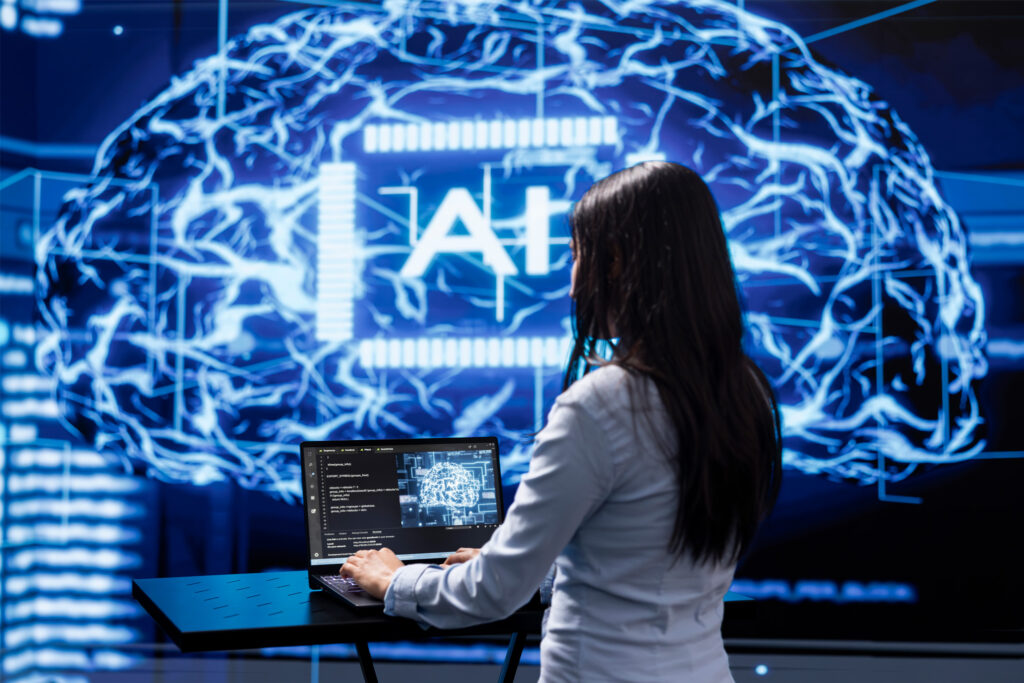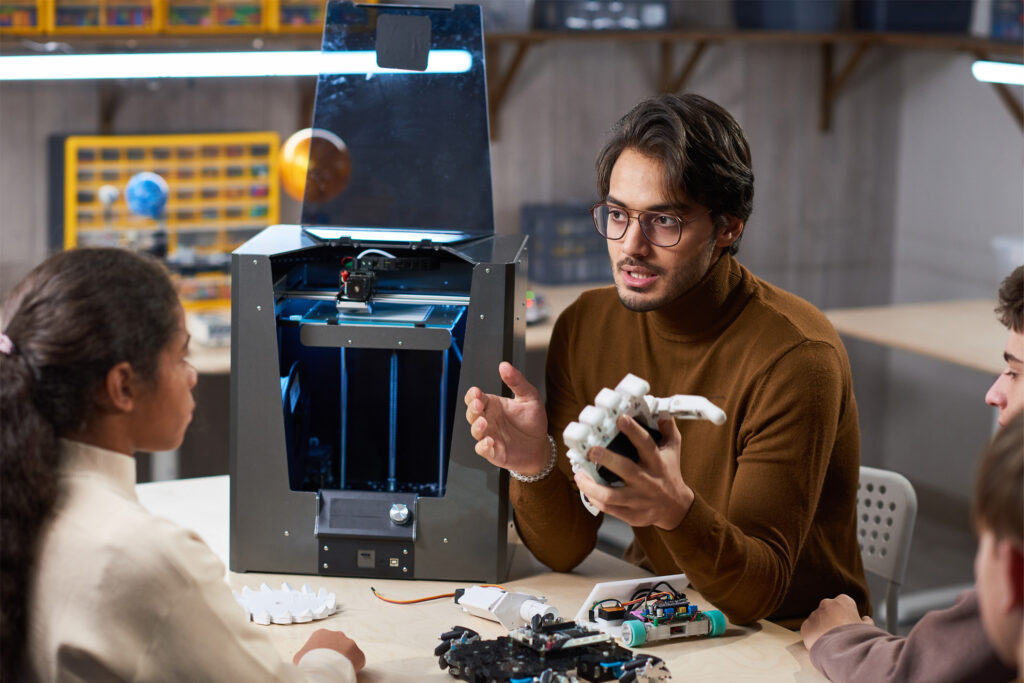The world’s most widely translated book and its global impact
1. A fascinating story in the world of translation The Bible is the most translated book in the history of humanity, currently available in more than 3,000 languages. It was originally written in Hebrew, Aramaic and Greek and was first translated in antiquity. The best-known translated version is the Septuagint, the Greek Old Testament. Later, Luther’s German translation in the 16th century marked a turning point by making the text accessible to the general public. Missionaries went on to translate the text into hundreds of local languages, playing a key role in preserving many cultures. The main challenge was to translate a spiritual text while honouring the cultural and linguistic nuances of each community. 2. A global cultural influence The Bible is present on every continent, profoundly shaping societies by influencing traditions, the arts, law and moral codes. Its integration varies across regions. In Africa, it is often intertwined with local rituals, while in Europe and the Americas, it has shaped literature, painting and even legal systems. Beyond its religious significance, the Bible is even considered a moral compass, and a source of universal values. 3. A living work The Bible remains a powerful source of inspiration to this day. It is available in digital formats, accessible on mobile devices and translated into rare languages. It plays an active role in contemporary debates, from human rights to ethics and bioethics, and encourages dialogue between faiths, particularly Islam and Judaism. The challenge today is for the Bible to maintain its relevance in a globalised, secular world, while staying true to its core message. Main sources: United Bible Societies https://www.unitedbiblesocieties.org Ethnologue – Languages of the World https://www.ethnologue.com Wycliffe Global Alliance https://www.wycliffe.net British Library – ‘The History of the Bible’ https://www.bl.uk/sacred-texts/articles/the-bible The Bible and culture – Encyclopædia Universalis https://www.universalis.fr/encyclopedie/bible/ UNESCO – Index Translationum Database of the world’s most translated books: http://www.unesco.org/xtrans/ Youtube Linkedin Fluent Planet Menu Accueil L’entreprise Blog Contact Contact 26 rue Elisée Reclus, 33000 Bordeaux – France +33 5 56 51 76 05 contact@fluent-planet.com



